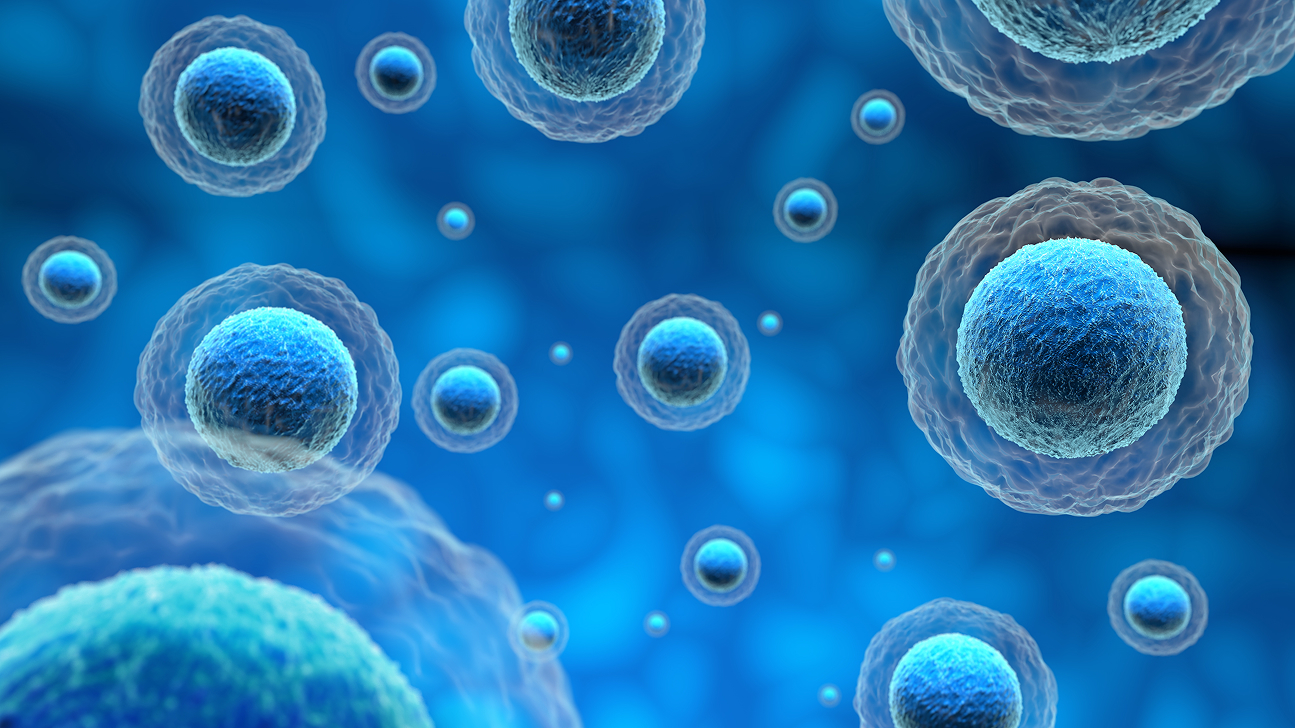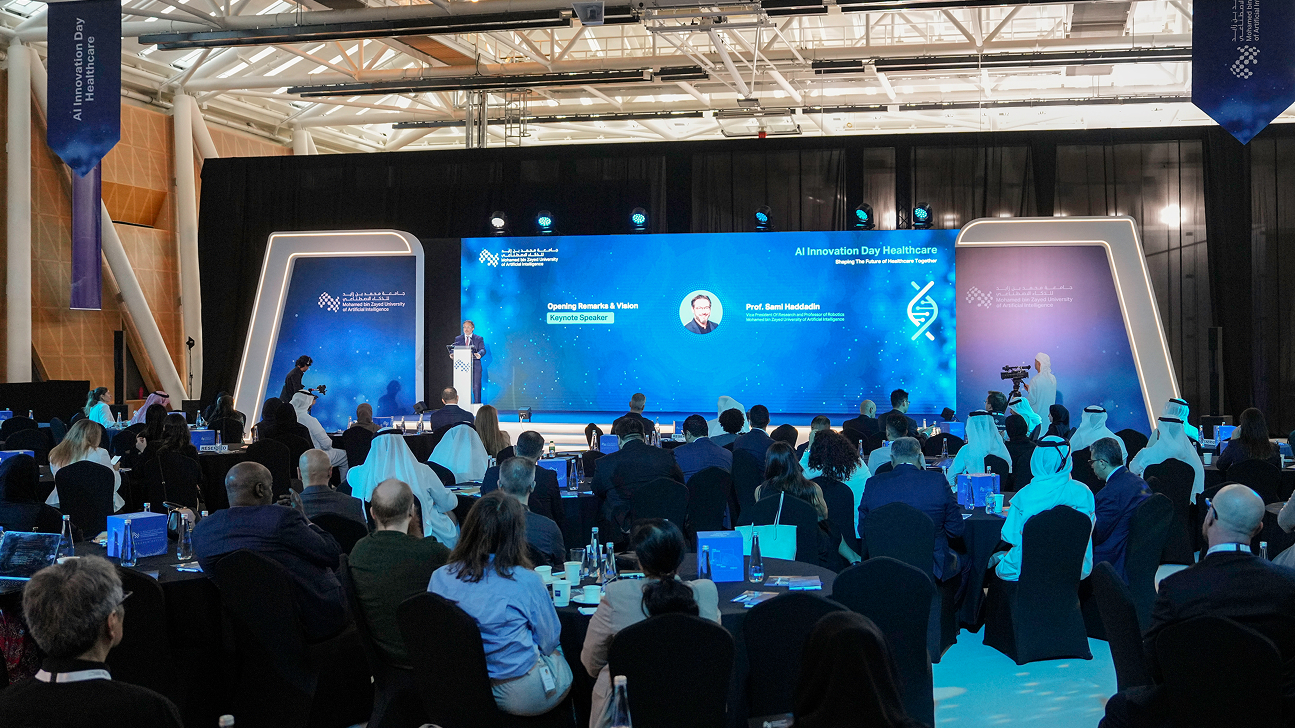Causality’s role in drug development and precision medicine
Monday, September 18, 2023

In our daily lives, we create hypotheses about cause and effect seemingly without much thought or effort. If I don’t prepare for the meeting, my boss will be mad. If I put petrol in the car, I’ll be able to get home.
In these simple cases, humans are competent enough to understand the relationship between cause and effect, or causality, as it’s called. But for very complex problems — like developing new medicines — we would benefit from some help.
Kun Zhang, associate professor of machine learning at MBZUAI, sees a role for machine learning and its ability to illuminate causality in several endeavors that have the potential to improve human health. Zhang is also acting chair of machine learning and director of the Center for Integrative Artificial Intelligence (CIAI) at MBZUAI.
While Zhang has investigated machine learning's ability to identify causal relationships in data for many years, his career began differently. When he embarked on his studies, he and many other computer scientists were focused on ` using traditional machine learning to understand 'how' things happen. The study of causality, however, seeks to answer questions about 'why' things happen. This privileging of 'how' over 'why' in scientific fields goes back centuries.
Zhang explains: 'During the scientific revolution of the 16th and 17th centuries, people shifted their efforts to try to answer 'how' questions instead of 'why' questions,' as 'how' questions could be addressed with empirical evidence. This approach to building scientific knowledge has, of course, resulted in massive shifts in humanity's understanding of the world in the past 500 years. 'But today, we have more and more data and a better understanding of methods,' Zhang said. 'From my perspective, it's now time to make causality more transparent to increase human knowledge about the world and nature.'

Making medicines
It’s well known that it requires a huge amount of time and money to develop a new medicine. Some estimates put the cost at nearly $2 billion. A driver of the high price tag are the many scientific studies that must be conducted to determine if a drug is toxic or if it works better than current medicines. Before being studied in people, drugs are tested in the lab on cells and on animals. While cell culture and animal studies provide valuable information about how a potential new medicine may affect a human, these methods are not perfect. It’s sometimes the case that a drug that is shown to be safe and effective in pre-clinical animal studies proves to be harmful to people.
One of Zhang’s current projects is to combine his expertise in causal machine learning with a technology called organs-on-chips. Organs-on-chips are small pieces of plastic that have channels lined with cells. Scientists can recreate the way an organ behaves on these chips. They then pass a drug through the chip, collect data from the chip about how the drug affected the cells, analyze the data using machine learning and make inferences about the ways in which the drug affects human biology. The goal is to speed up the process of drug development while also making medicines safer.
The promise of personalized medicine
The combination of machine learning and organs-on-chips also have implications for the field of personalized medicine, which is the study of how the effects of diseases and medicines vary from person to person. Today’s drugs, while often extremely effective, are a kind of one-size-fits-all approach to treating a disease. Even with some of the most effective therapies, one patient may be cured by a medicine while another becomes even sicker. Zhang is collaborating with the biotechnology company Quris-AI to better understand how people metabolize drugs in differently and identify the underlying biological causes of this variability in individuals.
“Devices like organs-on-chips are valuable because they can help us do counterfactual reasoning,” Zhang said. “Traditionally, we can only observe facts, not situations that have never happened. But this kind of device can help us answer some counterfactual questions because you can do different experiments” on simulated human biology in the same environment. This kind of counterfactual reasoning has implications for personalized medicine. It provides researchers with the ability to determine the best strategy for treating a patient’s disease by modeling that patient’s individual biology with the help of organ-chips and causal machine learning before administering a medicine that might prove to be harmful.
Why AI?
For Zhang, when it comes to the study of health and biology, understanding causality isn’t an end in itself. Machine learning must also offer solutions in the form of new therapies or ways to intervene in biological processes. “From my perspective, we’re doing AI to improve quality of life and to improve human society. Otherwise, it doesn’t make sense to be doing it,” he says.
With new capabilities in machine learning and its ability to help us better understand causality, are we on the cusp of the next scientific revolution?
It’s possible, Zhang says. “I hope my colleagues can help to achieve a second scientific revolution because if you have a tool that helps you discover why things happen the way they do, it would allow us to understand so much more about the universe, be more resourceful, and foresee consequences of many different things. If we can achieve that, it’s a new stage.”
- research ,
- healthcare ,
- sustainability ,
- Drug design ,
Related
Teaching AI to predict what cells will look like before running any experiments
MBZUAI researchers introduce MorphDiff, which simulates cell shapes from gene expression to accelerate discovery and analysis.
- biology ,
- nature ,
- diffusion model ,
- cells ,
- gene expression ,
How MBZUAI built PAN, an interactive, general world model capable of long-horizon simulation
Developed by MBZUAI's Institute of Foundation Models, PAN doesn’t just render visuals; it simulates steerable futures you.....
- innovation ,
- generative AI ,
- world model ,
- Institute of Foundation Models ,
- IFM ,
- PAN ,
- natural language ,
AI Innovation Day at MBZUAI unites UAE leaders to shape the future of AI in healthcare
The event welcomed more than 200 healthcare leaders and featured talks and presentations by MBZUAI faculty about.....
- conference ,
- AI Innovation Day ,
- on campus ,
- health ,
- innovation ,
- research ,
- healthcare ,


